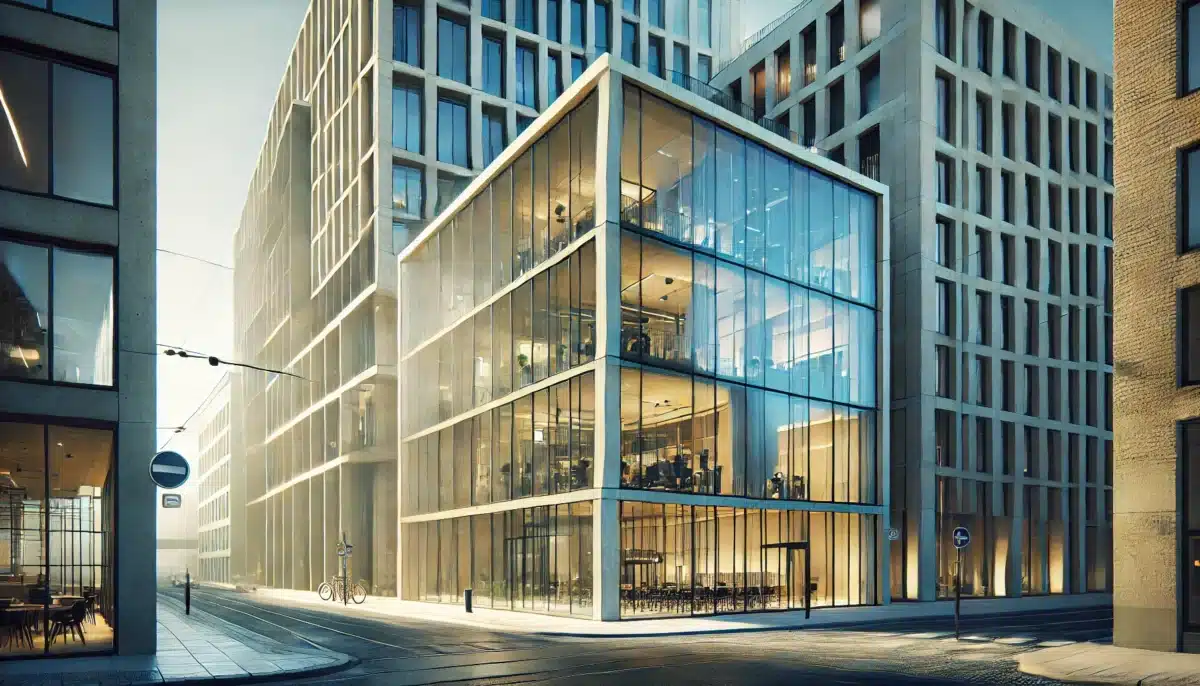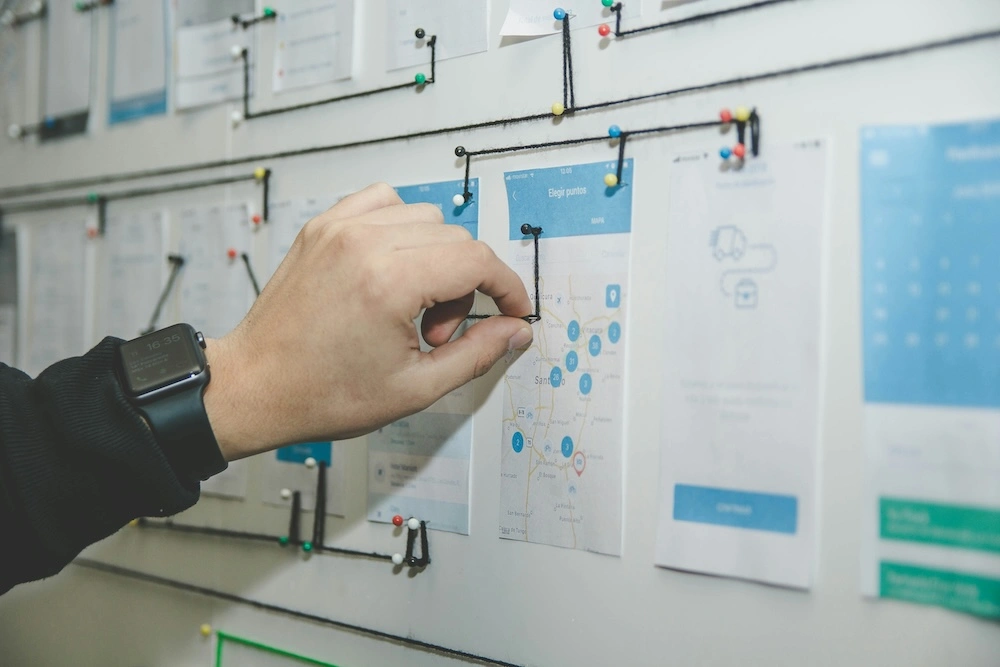Since 2004 it is regulatedin the Swedish law to work systematically with fire protection. For businesses with high risk for accidents causing serious damage to people or the environment, for example in the manufacturing industry, this is particularly important. What does this really mean, and what do you need to keep track on?
With a structured approach for you fire protection and continuous improvement in risk management, industrial companies can not only comply with legal requirements but also prevent fires and create a safer working environment. A business that does not work systematically and continuously with its fire protection may be subject to sanctions, such as fines. In the worst case, it may lead to the closure of the business.
Do you have a good grasp of the regulations for fire protection work?
Systematic fire protection is governed by several Swedish laws and regulations covering all businesses.
1. The Swedish Accident Prevention Act (LOS)
Requires all organisations to carry out reasonable fire protection work that is systematically managed. According to the legislation, property owners and businesses must take actions to prevent fires and document fire protection work that is particularly extensive. Industrial companies with higher risks generally need more thorough documentation and measures.
2. The Swedish Work Environment Act
Under the Work Environment Act, employers are obliged to take adequate protective measures against injury caused by falls, collapse, fire, explosion, electric current or similar. Fire risk assessments are also part of the systematic work environment management, which includes training and providing information to staff on fire risks and safety measures.
3. The Swedish Planning and Building Act
The Swedish planning and building act regulates the requirements for technical fire protection, such as fire compartmentalisation, escape routes and fire alarms in buildings. For industrial buildings, specific requirements apply depending on the risk class of the business.
4. The Swedish Environmental Law
The environmental impact in the event of a fire is also something that all organisations need to take responsibility for and prevent. This means, for example, ensuring compliance with the special requirements that apply when handling flammable or environmentally hazardous substances. There are also other environmental rules and regulations to comply with. The Building and Planning’s building regulations from the Swedish National Board of Housing (Boverket), are one example. They aim to create the conditions for safe evacuation.
Different rules for different organizations
Industrial companies belonging to high fire risk industries, such as forestry, petrochemicals and metalworking, may also be subject to industry-specific regulations or insurance requirements. One example is the EU Seveso Directive, which is regulated by law in Sweden and aims to prevent and limit the consequences of major chemical accidents.
Different business categorisations determine the requirements for fire protection and safety, which affect the planning of a business’s fire protection activities. The categorisation takes several factors into account: whether the people in the building are familiar with the premises, whether they are expected to be awake when they are in the building, whether they can evacuate on their own, and if the risk of fire is high.
There are six different categories to assist in creating a safe environment, fulfilling the requirements and planning the systematic fire protection programme:
Business category 1: Industry, office and warehouses
Focuses on protecting against fire hazards that can arise from industrial processes, electrical systems and stored mater
Business category 2: Shops, cinemas, restaurants and similar
Emphazises the importance of well-developed evacuation systems and fire protection measures to be able to handle large numbers of people safely in emergency situations.
Business category 3: Housing, single and multi-family dwellings
Critical to ensure the safety of residents. This includes automatic fire alarms, fire extinguishers, fire doors and safe escape routes, and promoting fire awareness among residents.
Business category 4: Hotels and accommodation
Important to have clear signage, regular information to guests on safety procedures and easily accessible escape routes. Especially important for guests who are not familiar with the building they are staying in.
Business category 5: Vårdmiljöer
Requirements for customised fire protection strategies, including advanced fire alarms and special evacuation plans for people with reduced mobility.
Business categories 6: Premises with a particularly high fire risk
Applies to premises where a fire can spread rapidly and become extensive, such as industries with flammable processes or materials. They require special protection measures, regular risk assessments and fire safety training for staff.
It is not uncommon for a building to be divided into several different business categories based on its unique requirements and challenges for preventing and ensuring a safe environment, such as offices and production facilities. If a building is temporarily used for a different purpose, or if more people are to occupy the premises, this can also affect the categorisation. This may imply other, higher fire protection requirements that need to be captured in the systematic fire safety work.
Translated with DeepL.com (free version)
Particularly high requirements for industrial companies
The regulatory framework for systematic fire protection is extensive. It requires a structured and continuous approach to fire safety. Therefore, a manufacturing company often needs to conduct more extensive risk analysis, documentation and prevention activities to fulfil the systematic fire protection requirements. This is mainly due to the particular risks and conditions associated specifically with the production and handling of flammable substances.
Systematic fire protection rounds and safety inspections are a central part of technical management. Pythagoras’ property management system has smart, digital functions that help you in your day-to-day operations and ensure good compliance. Read more here



